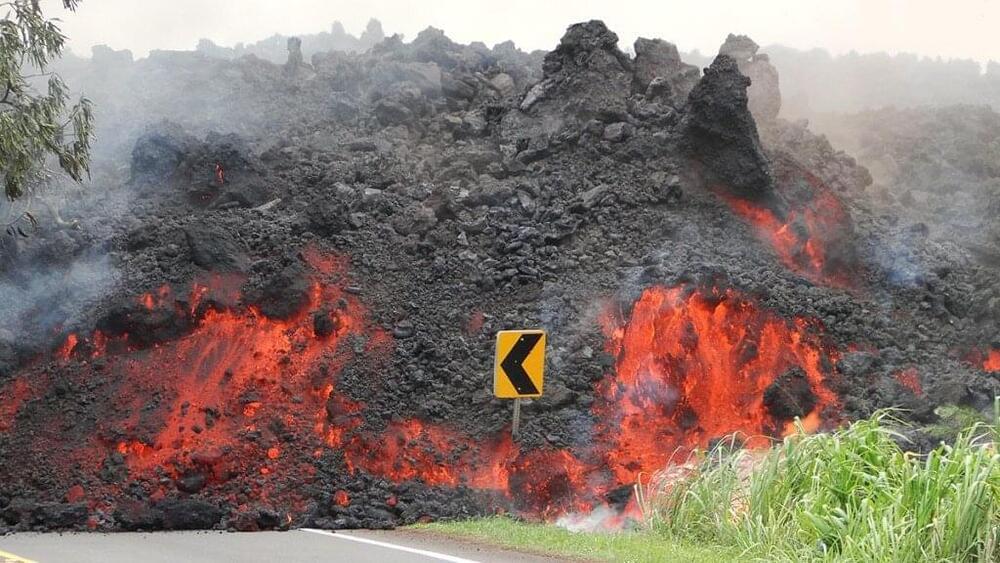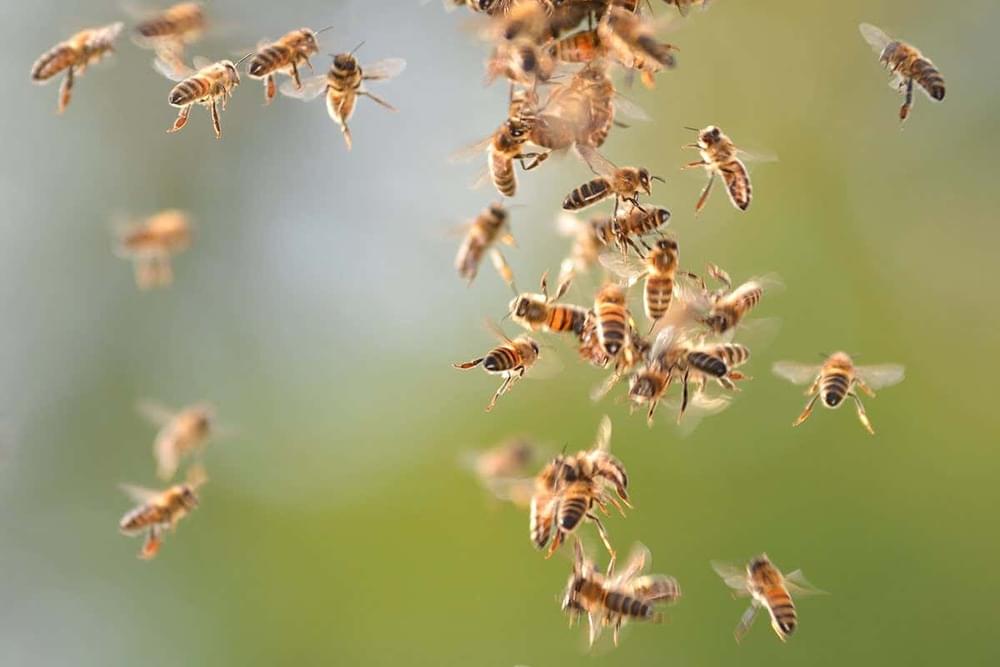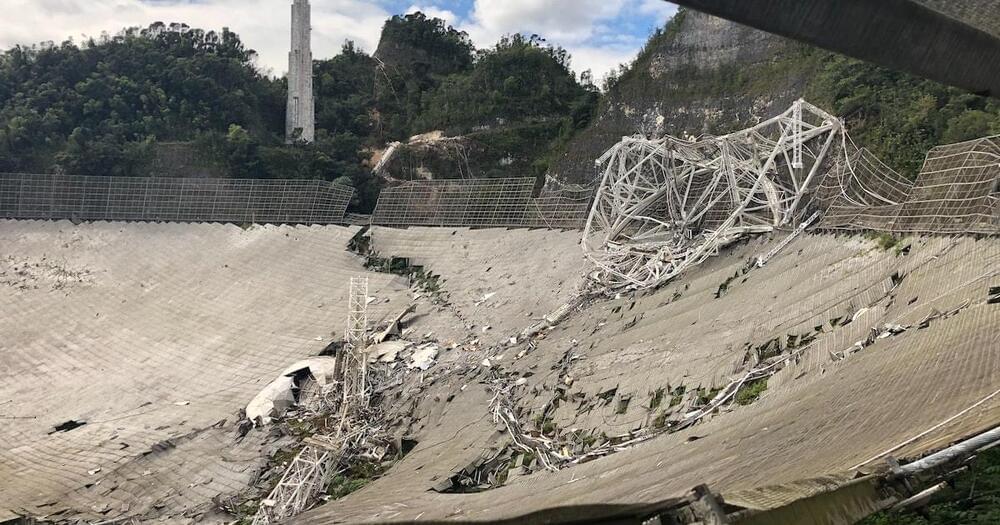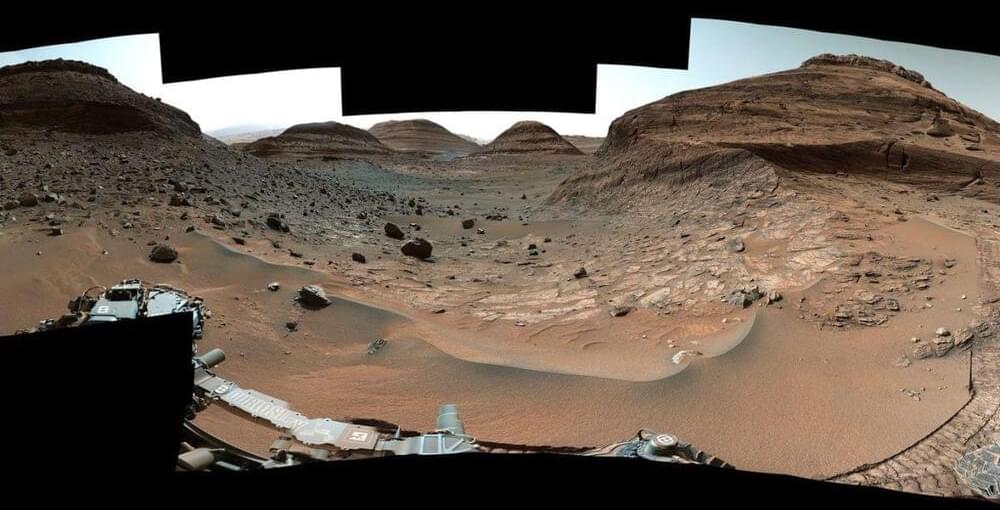When a volcanic eruption occurs in an inhabited area, rapid and accurate lava flow forecasts can save lives and reduce infrastructure and property losses. To ensure that current lava forecasting models can provide outputs fast enough to be useful in practice, they unfortunately must incorporate physical simplifications that limit their accuracy.
To aid evacuation plans, forecast models must predict a lava flow’s speed, direction, and extent. These attributes are intimately connected to how the lava solidifies as it cools. Yet to achieve real-time speed, most current models assume that a flow has a uniform temperature. This is a major simplification that directly influences modeled rates of cooling; generally, lava flows are much cooler at their boundaries, where they are in contact with air or the ground, than they are internally.
Aiming to strike a better compromise between speed and realism, David Hyman and a team developed a 2D, physics-based lava flow model called Lava2d. They extended the traditional, vertically averaged treatment of a lava packet by considering it as three distinct regions: the portion near the lava-air boundary, the portion near the lava-ground boundary, and the fluidlike central core. The top and bottom regions of a modeled flow cool based on the physics of heat transfer to the air and ground, while the temperature in the center remains uniform, as in prior approaches. This setup enables the model to account for a temperature gradient without requiring a computationally expensive 3D approach.








